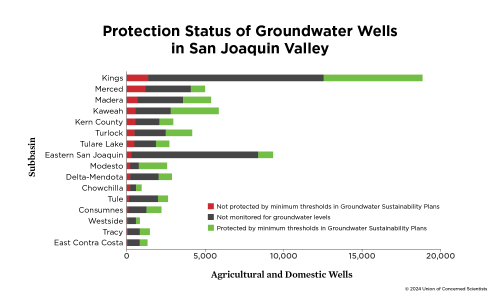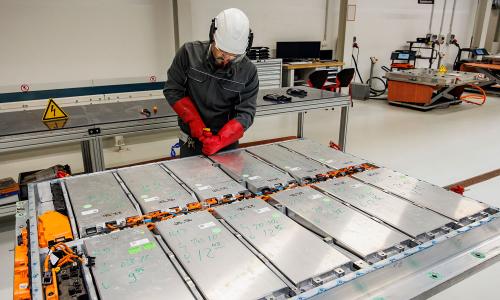The economic growth of our nation is tied to technology. From the steam engine and the automobile to the microchip and the Internet, a “can do” attitude of aggressive technology development and implementation has created millions of jobs and enormous wealth. Investments in technology to make cars and trucks more fuel-efficient provide the country with yet another opportunity to continue this trend.
Many technologies already exist, such as efficient engines and transmissions, high-strength steel and aluminum, better tires, and hybrid-electric powertrains. The investments required to deliver these more efficient products to consumers will pay off in the form of new jobs for the U.S. automotive sector and other industries throughout the country. In addition, consumers will save billions of dollars on gasoline, U.S. dependence on oil will be reduced, and emissions of global warming pollution will be cut significantly.
In order to quantify these benefits, the Union of Concerned Scientists estimated the effect of moving existing technologies into cars and trucks with the modest goal of reaching a fleetwide average of 35 miles per gallon (mpg) by 2018. We found that:
- In 2020, the benefits from investments in fuel economy would lead to 241,000 more jobs throughout the country, with California, Texas, Florida, New York, Michigan, Ohio, and Illinois all seeing more than 10,000 new jobs.
- In the automotive sector, projected jobs would grow by 23,900 in 2020.
- For consumers, the cost of the new technology would more than pay for itself, saving a net $37 billion dollars in 2020 alone.
- In 2020, we would cut our national oil use by 1.6 million barrels per day—more than we currently import from Saudi Arabia —and we would reduce emissions of global warming pollution from cars and trucks by 260 million metric tons of carbon dioxide—equivalent to taking about 40 million of today’s average cars and trucks off the road.



